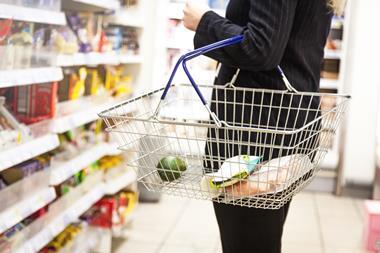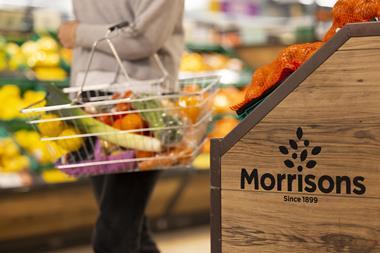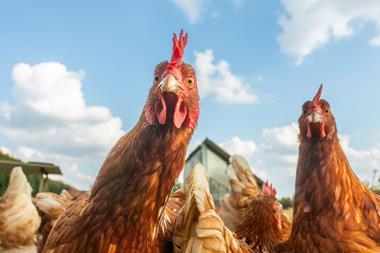
It is seven months since the implementation of HFSS rules to decrease consumption of fat, sugar and salt. Change in consumer behaviour has been limited compared to the efforts of manufacturers to comply. Pressure is growing for more to be done to combat the growing health crisis, with Danone UK president, James Mayer, just last week calling for ministers to introduce more far-reaching taxes in a bid to help people make healthier choices.
The grocery supply chain is in a four-way tug of war between affordability, value in the eyes of the consumer, sustainability and health. At last month’s IGD conference, the group CEO of Samworth Bros, Hugo Mahoney, pointed out that brands simply cannot make all their products healthy if they are to remain competitive and produce products that consumers want to buy. According to their own data, product lines classed as ‘average’ in terms of being HFSS ready sell 30 times more than the healthier alternative. This scenario is likely to be reflected across numerous food manufacturers across the UK.
Either way, it’s clear government legislation since October is having only a limited impact on the intake of fat and sugar, with consumption down only slightly in the first 13 weeks of 2023 compared to the same period in 2022. Salt consumption remains no different and ambient grocery fat intake has decreased only marginally.
It may be of some comfort for those manufacturers who have become HFSS compliant that sales are outperforming those who are not compliant. Ability to leverage display has been the driver of volume growth for compliant products, which in turn has translated to value share growth.
With the latest data showing insignificant changes in consumer behaviour within current legislation, it does point to a need for government to do more to reach their targets. Danone’s James Mayer will not be alone in pushing for more aggressive action from government, but what that looks like in terms of future legislation is difficult to gauge, and of course may change as quickly as the political landscape. While political parties to date have dismissed plans to implement a sugar/fat tax more widely across product ranges, the slow change in consumption may mean ministers need to take a more drastic approach.
The government’s focus on manufacturers, rather than consumers, offers compelling evidence that brands will continue to face a period of turbulence, as legislation struggles to force change in the habits of British consumers.
What’s important now for brands and manufacturers is how they look forward, and what strategies need to be put in place to counter any changes in legislation. For example, can promotional partnerships help them pick up the pace and navigate restrictions while still appealing to shoppers’ snacking demands? Led by brands, collaborative in-aisle promotion is seeing a rise across supermarkets, with complementary placements like beer and crisps giving consumers convenient choice. Or will tactics deployed by the likes of Krispy Kreme to ‘train’ its customers to look elsewhere in store be a strategy for success?
Planning for different outcomes will be imperative to success, using existing data to inform the future instead of looking back at past performance. Optimising the ability to do this, and be agile in its execution, will distinguish the winners from the losers in this tough, legislative market.



















No comments yet